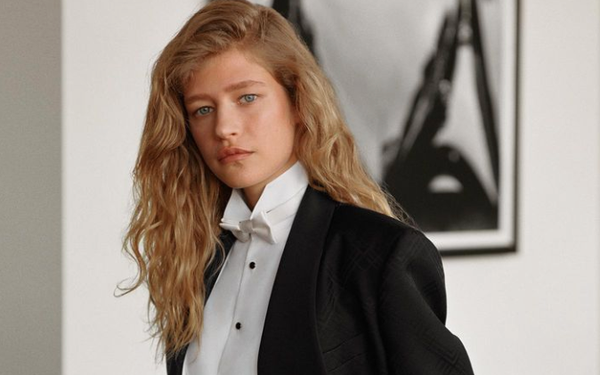
With more consumers pulling back on apparel
spending, sales at Ralph Lauren and Tapestry show the resilience of luxury branding.
Against challenging conditions, sales at both companies exceeded expectations, even in regions and segments
that are giving competitors trouble.
Ralph Lauren’s numbers beat forecasts, with fiscal second-quarter revenues rising 5% to $1.6 billion on a reported basis, a gain of 13% in constant
currency. In North America, sales rose 3% to $727 million. In retail, comparable store sales in North America were flat, with digital sales ticking down 1%. And in Asia, sales jumped an impressive
17%, or 33% in constant currency. Comparable store sales in Asia gained 25%.
Net income in the second quarter declined to $151 million from $193 million in the year-ago period, better than had
been predicted.
advertisement
advertisement
The New York-based company credited the strong results with more “brand moments,” including its sponsorship of the U.S. Open Tennis Championships and Wimbledon,
outfitting the wedding of Jennifer Lopez and Ben Affleck, its first-ever West Coast fashion show, and a recent partnership with Fortnite.
At Tapestry, parent company of Coach, Kate Spade and
Stuart Weitzman, first-quarter revenues hit a record $1.5 billion, up 2% from the same period last year. In constant currency, they rose 5%.
Net income fell to $195 million, compared to
$227 million in the year-ago period.
Analyst David Swartz follows both companies for Morningstar and writes that both are performing well, powered by solid brand identity in the luxury
market.
Ralph Lauren outperformed Morningstar’s expectations “despite the strong U.S. dollar, virus restrictions in China, and inflation.”
And while Tapestry did
slightly lower its guidance for the remainder of the year due to the dollar’s strength, “some impact on sales in North America from slower consumer spending, and ongoing virus-related
restrictions in China, we think demand for accessories and luxury goods is holding up relatively well,” Swartz says.
He writes that the durability of the Coach brand, which generates
about 90% of the company’s income, “has helped it overcome the many challenges that have faced accessories and apparel firms over the last few quarters.”